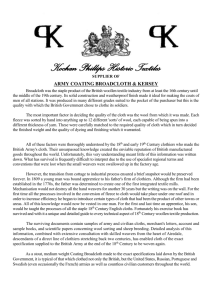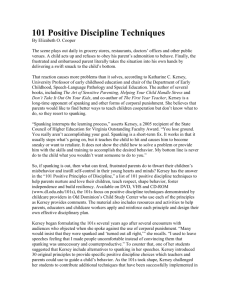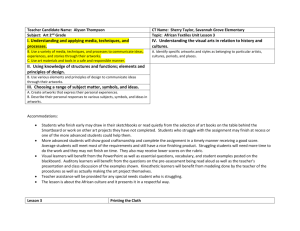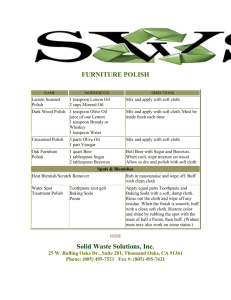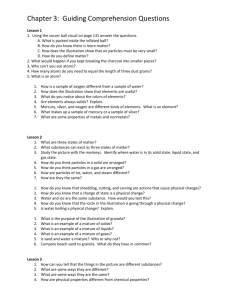Kersey
advertisement
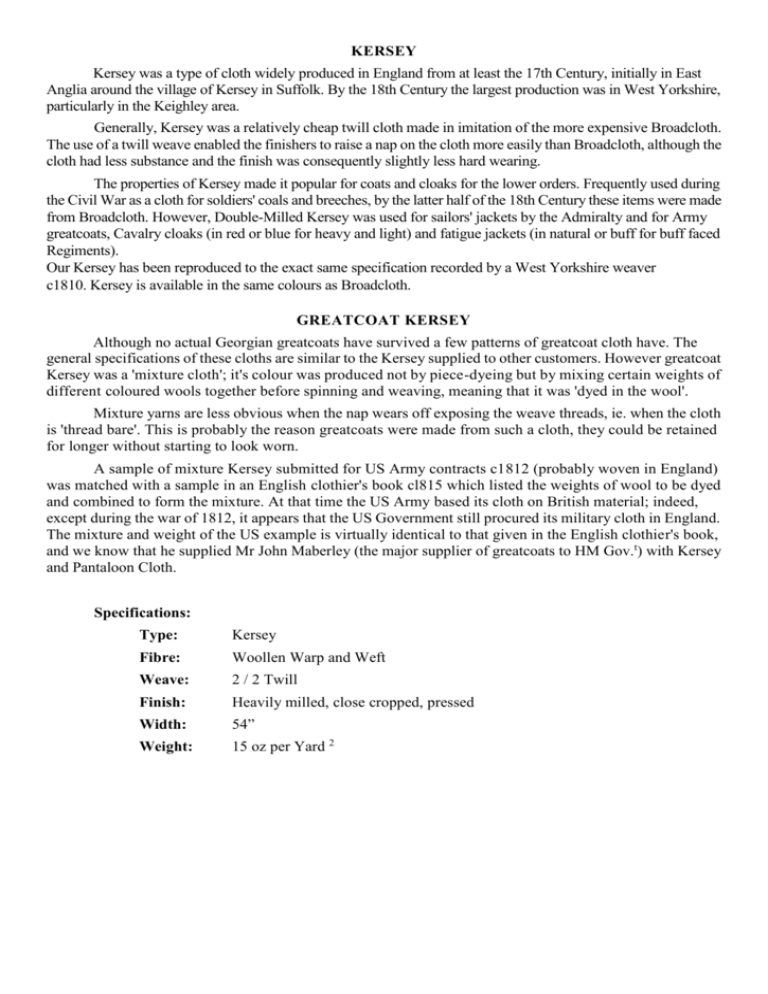
KERSEY Kersey was a type of cloth widely produced in England from at least the 17th Century, initially in East Anglia around the village of Kersey in Suffolk. By the 18th Century the largest production was in West Yorkshire, particularly in the Keighley area. Generally, Kersey was a relatively cheap twill cloth made in imitation of the more expensive Broadcloth. The use of a twill weave enabled the finishers to raise a nap on the cloth more easily than Broadcloth, although the cloth had less substance and the finish was consequently slightly less hard wearing. The properties of Kersey made it popular for coats and cloaks for the lower orders. Frequently used during the Civil War as a cloth for soldiers' coals and breeches, by the latter half of the 18th Century these items were made from Broadcloth. However, Double-Milled Kersey was used for sailors' jackets by the Admiralty and for Army greatcoats, Cavalry cloaks (in red or blue for heavy and light) and fatigue jackets (in natural or buff for buff faced Regiments). Our Kersey has been reproduced to the exact same specification recorded by a West Yorkshire weaver c1810. Kersey is available in the same colours as Broadcloth. GREATCOAT KERSEY Although no actual Georgian greatcoats have survived a few patterns of greatcoat cloth have. The general specifications of these cloths are similar to the Kersey supplied to other customers. However greatcoat Kersey was a 'mixture cloth'; it's colour was produced not by piece-dyeing but by mixing certain weights of different coloured wools together before spinning and weaving, meaning that it was 'dyed in the wool'. Mixture yarns are less obvious when the nap wears off exposing the weave threads, ie. when the cloth is 'thread bare'. This is probably the reason greatcoats were made from such a cloth, they could be retained for longer without starting to look worn. A sample of mixture Kersey submitted for US Army contracts c1812 (probably woven in England) was matched with a sample in an English clothier's book cl815 which listed the weights of wool to be dyed and combined to form the mixture. At that time the US Army based its cloth on British material; indeed, except during the war of 1812, it appears that the US Government still procured its military cloth in England. The mixture and weight of the US example is virtually identical to that given in the English clothier's book, and we know that he supplied Mr John Maberley (the major supplier of greatcoats to HM Gov.t) with Kersey and Pantaloon Cloth. Specifications: Type: Kersey Fibre: Woollen Warp and Weft Weave: 2 / 2 Twill Finish: Heavily milled, close cropped, pressed Width: 54” Weight: 15 oz per Yard 2


